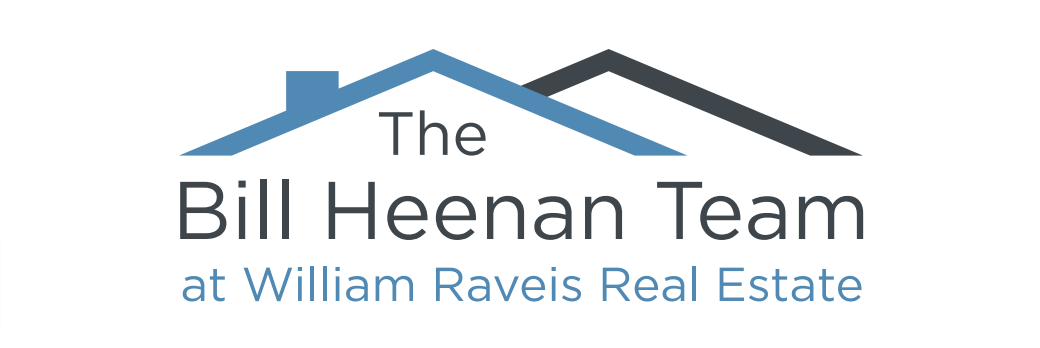 Shopping for a new home online can feel overwhelming, especially when listings are packed with jargon and abbreviations. But learning how to read a real estate listing like a pro can save you time, help you spot red flags, and ensure you’re only touring homes that truly fit your needs.
Shopping for a new home online can feel overwhelming, especially when listings are packed with jargon and abbreviations. But learning how to read a real estate listing like a pro can save you time, help you spot red flags, and ensure you’re only touring homes that truly fit your needs.
Whether you’re a first-time buyer or just want to get better at decoding listings, this guide breaks down exactly how to understand real estate listings, line by line.
🏡 What Is a Real Estate Listing?
A real estate listing is the official property description posted by the seller’s agent, often found on the local MLS (Multiple Listing Service), chrismaynardrealestate.com, or sites like Zillow, Realtor.com and, Homes.com. It includes:
- Property details (bedrooms, bathrooms, square footage)
- Features and upgrades
- Photos and virtual tours
- Pricing and showing information
But it’s not just what’s included—it’s how it’s worded that matters.
🔑 Key Sections of a Real Estate Listing (And What They Mean)
- Price & Status
- List Price: This is the asking price—not always the final selling price. If it’s been reduced recently, that could signal a motivated seller.
- Status: Look for terms like:
- Active – The home is available
- Under Contract – An offer has been accepted, but certain conditions must be met (like inspection)
- Under Contract, Continue to Show – An offer has been accepted but the seller and seller’s agent are still allowing showings and allowing buyers to present back up offers in case something falls through.
💡 Tip: If the status is “Coming Soon,” you will have to wait until the active date, but a seasoned full-time agent will likely be able to get you in the door first.
- Basic Property Info
- Beds/Baths: Self-explanatory but always double-check photos for layout.
- Square Footage (Sq Ft): Gives a rough idea of home size. Compare it with photos and floorplans.
- Lot Size: Especially important in suburban or rural areas. A 0.25-acre lot is common; 1+ acre lots are more private.
📏 Pro tip: Lot sizes may be in acres or square feet—convert them for easy comparison.
- Year Built
Older homes may have character but could need updates. Newer homes often have energy-efficient features and fewer maintenance issues.
🚧 Look for recent renovation notes in the description or ask your Realtor for the Residential Property Condition Disclosures if the home is older.
- Property Description
This is where the listing agent highlights the best features. But watch out for buzzwords and red flags:
Common Buzzwords:
- “Charming” or “Cozy” – May mean small
- “Up-and-coming area” – Could mean the neighborhood is still developing
- “Needs TLC” or “Investor Special” – Likely needs repairs
- “As-is sale” – Seller won’t make repairs
- “Motivated seller” – May be open to negotiation
Always read between the lines—and check the photos to back up any claims.
- Photos & Virtual Tours
- Photos should match the listing description. If a listing says “updated kitchen” but only shows wide shots, that might be a red flag.
- Look beyond staging. Check the condition of floors, windows, appliances, etc.
- Use Google Maps or Street View to explore the neighborhood from afar.
📸 If photos only show the exterior, the inside may need work.
- Features & Amenities
This section includes things like:
- Central air conditioning
- Fireplace
- Finished basement
- Garage or driveway
- HOA fees (if any)
Don’t assume all features are included—always verify what’s listed against the photos or ask your agent.
- Utilities & Systems
Check for:
- Type of heating/cooling (oil, gas, electric, heat pump)
- Septic vs. public sewer
- Private well vs. city water
This affects both your monthly bills and potential repair responsibilities.
- School Districts & Location
Some listings will name the school districts, which can impact resale value. Use maps to check proximity to:
- Shopping
- Public transportation
- Highways
- Noise sources (train tracks, airports, etc.)
🔍 What to Watch Out For
- Too few photos: Could mean the home needs work
- Vague language: Descriptions without detail may signal issues
- “Tenant occupied” or “Do not disturb occupants”: Harder to schedule a showing
- Listing history: A home that’s been on and off the market may have inspection or pricing issues
✅ How to Read Like a Pro (Quick Checklist)
Before booking a showing, ask yourself:
- Are the price and square footage aligned with similar homes nearby?
- Are the features what I actually need or just fluff?
- Do the photos match the claims?
- Is the neighborhood a good fit for my lifestyle?
Final Thoughts
Learning how to read a real estate listing like a pro isn’t just about saving time—it’s about making smarter, more informed decisions. By understanding the language, reading between the lines, and asking the right questions, you’ll avoid surprises and find the home that truly fits your needs.
Need help navigating real estate listings in your local market?
I’m here to guide you—whether you’re just browsing or ready to schedule showings.
📩 Reach out today for expert help reviewing listings and finding your perfect home.
860-864-0209
chrismaynard@billheenan.net
chrismaynardrealestate.com
Learn more about buying or selling:
Search for your dream home
Get your free home analysis
![]()
![]()
![]()
![]()

